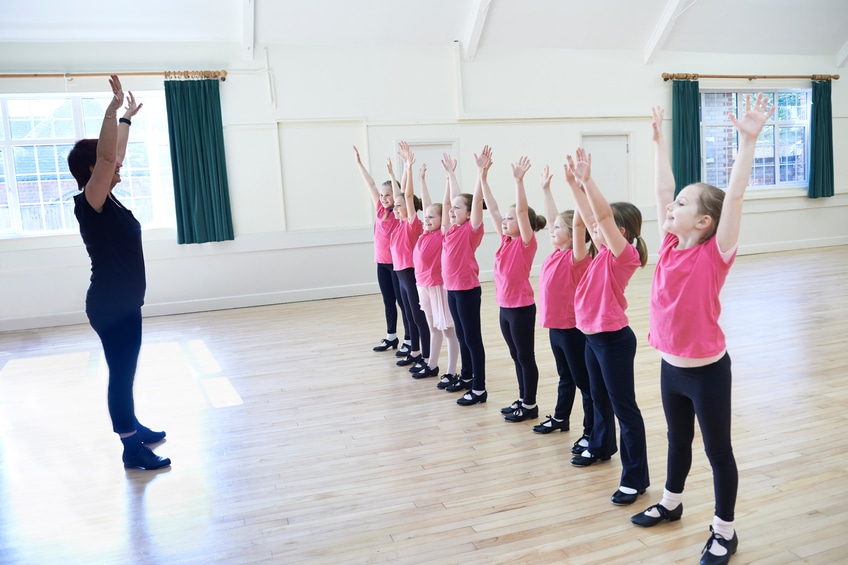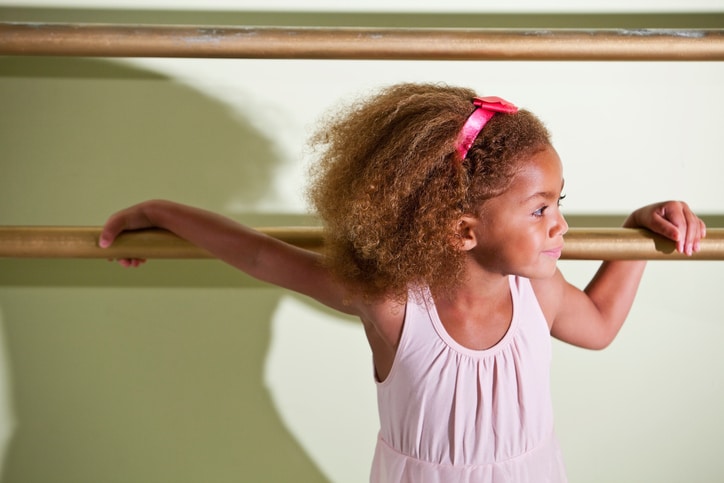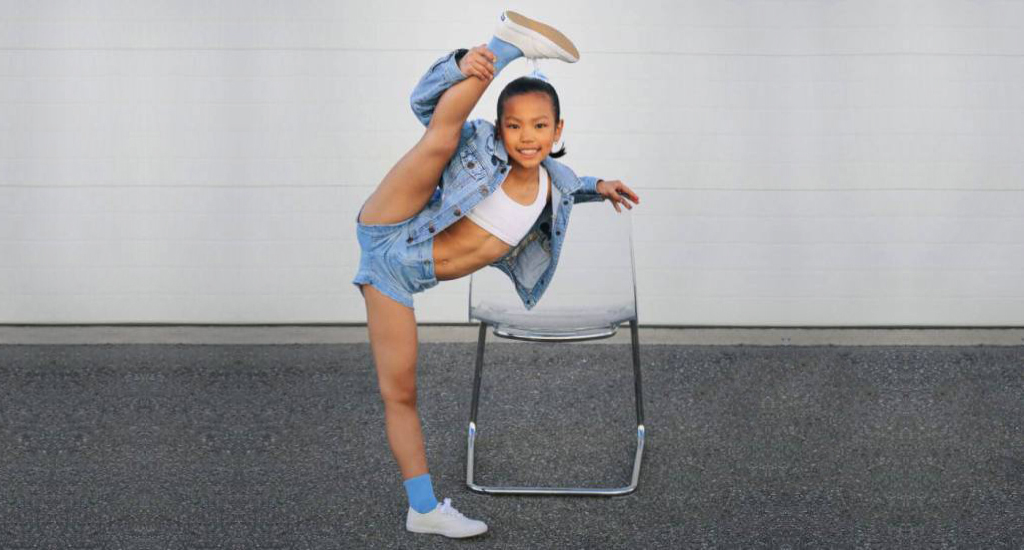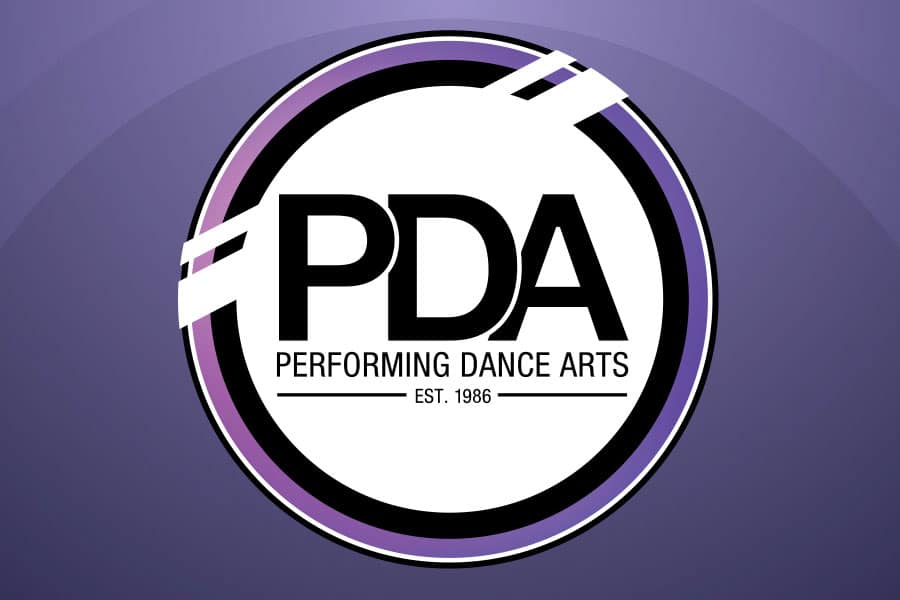When it comes to kids and social media, there’s no denying that the two are deeply intertwined. While parents may worry about the potential pitfalls of this fusion, there’s no denying that it’s also brought about some exciting changes, such as the way children interact with dance. Below we explore the advantages and disadvantages of online dance challenges for kids.
The Appeal of Online Dance Challenges
With the rise of online dance challenges, kids have been given a whole new way to showcase their moves and connect with others who share their passion. And while these challenges have drawn criticism for their potential impact on safety or self-esteem, they also offer a sense of community that’s hard to find in other contexts.
With the chance to show off their creativity and get exposure in a way that was once impossible, it’s no wonder these challenges have become so popular—and it’s exciting to speculate about the impact they might have on dance culture as a whole.
Dance trends that have become popular over the past several years include “Renegade”, “CitiRokk”, “Swagg Bouncee”, “Kangsta Wok”, and the “Wednesday Dance”.
Ensuring Safety in Online Participation
Being safe online should be a continuous conversation with children of all ages. Parents and educators can play a vital role in setting clear guidelines to make sure that kids utilize the internet responsibly and protect their privacy.
Ensuring the child understands right from wrong is only the beginning as privacy, self-respect, and a strong self-esteem all play a role with online participation. With the increasing popularity of social media and other online platforms, monitoring the kind of content children access is essential. Ensuring that the sites are age-appropriate, secure, and with necessary filters guarantees that kids interact with content that is positive and educational.
Tips for Parents and Educators
Having a large group of people “like” and “share” their dance video can boost a child’s confidence while harsh criticism can open a realm of self-doubt, shame, and embarrassment. It is the parents’ and educators’ responsibility to help a child understand the pros and cons of participating in online dance challenges.
Choose the Right Platforms
Of the hundreds of social media platforms available, Instagram, TikTok, and Snapchat are popular sites that are used for dance challenges. While there are age limits for accounts, young children have been able to get around the requirements. Parents and educators should be aware of the popular online sites and be able to regularly monitor use, especially by young children.
Prioritize Privacy Settings
Older children should be taught how to use the privacy settings of the online platforms. Have an honest conversation about what is allowed to be shared online and with whom. It is important for parents, educators, and children to understand that a “private” setting can still be manipulated to be used by those who view the picture or video.
Encourage Open Communication
Create an open dialogue with the child about the online dangers and risks with posting videos, regardless of the social media platform. It is crucial that boundaries are set with the child as to what should and should not be posted or what information may be given online about the child and their location. Trends come and go but an uploaded video remains indefinitely.
Set Time Limits
It is easy for kids and adults alike to lose track of time when viewing or creating online videos. Setting time limits can help prevent the emotional attachment of social media that many people have come accustomed to. Discuss the importance of experiencing offline activities with friends and family to the child.
Educate about Copyright and Plagiarism
One of the borderline dangers of social media for dancers is the issue of copyright and plagiarism. While these may seem unimportant to the child, the legality of using someone else’s content, music, and choreography is a real issue for the virtual and the real world. Teach young dancers the importance of giving credit to those who have created the shared skills and talent. Not only can it become a legal matter, but it is a sign of respect for those creators.
Emphasize Authenticity
Authenticity is a key component to a child’s mental and emotional development. It is crucial parents and educators continue to encourage “genuine ability” rather than to seek validation from other online users. With editing and filtering tools, many online videos are manipulated to offer a set idealism rather than realistic standards.
Supervise Online Activities
It is important that parents take an active role in their child’s life, including showing an interest in their passion for dance. Viral dance challenges can be a fun and supportive way for the entire family to be involved and can ensure the child is participating in the safe dance challenges. If the child is performing a solo dance routine to upload online, make it a priority to review the video before it is posted.
Teach Critical Thinking
Online dance influencers have the perfect platform to encourage positive interactions with dance challenges. Parents and educators can support favourable dance challenges by teaching young children critical thinking skills to recognize online influences that can potentially cause harm. Analyzing, evaluating, and interpreting the visual and audio information provided by these dance challenges will help viewers make the right choice.
Enroll Your Child in Dance Classes at Performing Dance Arts
Viral dance challenges on social media are a fun way to learn and share popular dance movements. At Performing Dance Arts, we recognize the advantages and disadvantages of these dance trends to inspire young dancers. If you’re looking for one of the best dance studios in Ontario, then get in touch with us today! Contact us to register your child or learn more about which style and program fits best.




